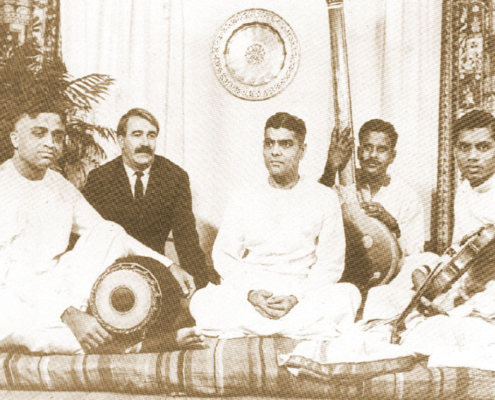
Sangita Kalanidhi KV Narayanaswamy
In one of his last concerts, Kollenkode Viswanatha Iyer Narayanaswamy moved listeners to tears with the depth of feeling of his rendering of Gopalakrishna Bharati’s, Varugalamo Ayya, the devotee Nandan’s desperate plea before the Deity.
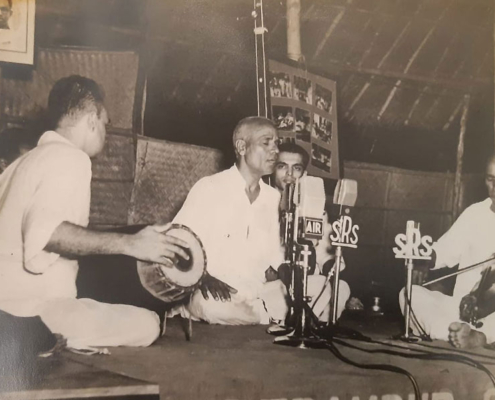
Musiri Subramania Iyer (1899 -1975) and his bani
What is the Musiri bani? Listen to what his star sishya Suguna Purushottaman had to say about him during Musiri Margam, an illuminating tribute she paid to his memory—during the late evening of her own life.
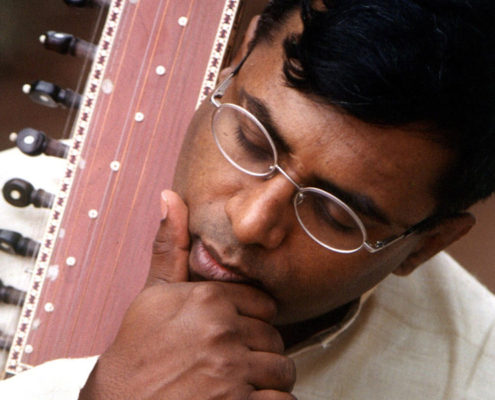
Chitravina N Ravikiran as composer
Ravikiran is among the more prolific composers in Indian Music with over 800 compositions to his credit. About half of these are traditional classical pieces which include about 400 krtis, 30 varnams, 35 tillans besides javalis, padams, pushpanjalis, kavittuvams, shabdam, bhajans, chindus etc. Several of Ravikiran’s works have been presented by leading musicians and dancers.
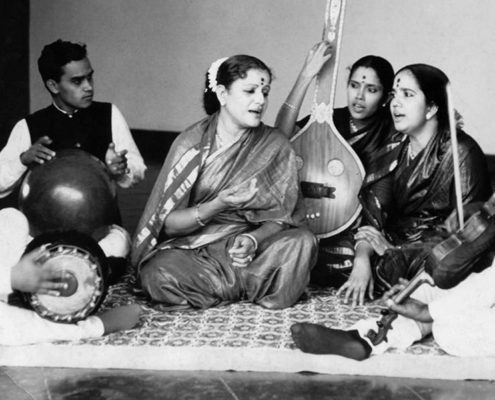
A Student Remembers; experiences accompanying MS Subbulakshmi
"Siddheshwari Devi, the doyen of Hindustani music is sitting on a chair, with a japa mala in her hand. Seated in front of her, are M.S.Subbulakshmi and her daughter Radha Viswanathan." R.K.Shriram Kumar, well-known carnatic violinist brings the scene from Kalki Gardens, MS’ home alive to the audience. In an intimate lecture-demonstration, from his unique vantage point as her accompanist and disciple, Shriram Kumar spoke of what made MS (whom he refers to as Amma) a truly special musician.
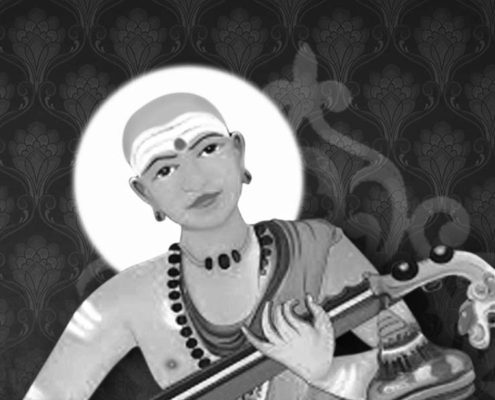
Muthuswami Dikshitar – A Creative Genius
Dikshitar's songs bring in a mood of meditative devotion of sublime nature which transcends words and feelings. Dikshitar was probably the most complete classical composer and one of the most versatile men world has ever seen. He was a man who had early and purposeful exposure to Carnatic, Western, Persian, Arabic and Hindustani styles of music. Dikshitar had proficiency in different languages like Sanskrit, Tamil, Telugu, Hindi, English and different branches of academics such as History, Mythology and Science, not to mention proficiency in numerous musical instruments.
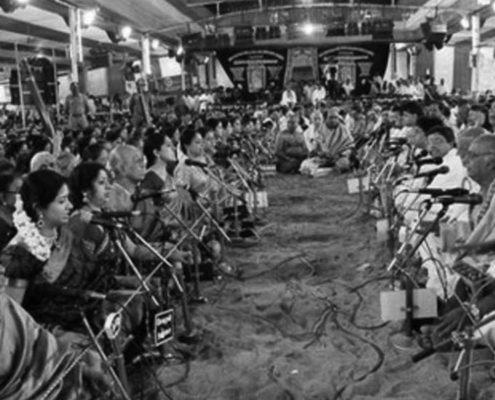
About the Music of South India
South India comprises a geographical area as large as that of Western Europe where four major languages (Tamil, Telugu, Kannada and Malayalam) are spoken. Although there are two metropolises (Madras, now known as Chennai, and Bangalore), and a few other important cities, most people still live in villages and small towns. This explains the great diversity of traditional South Indian music.
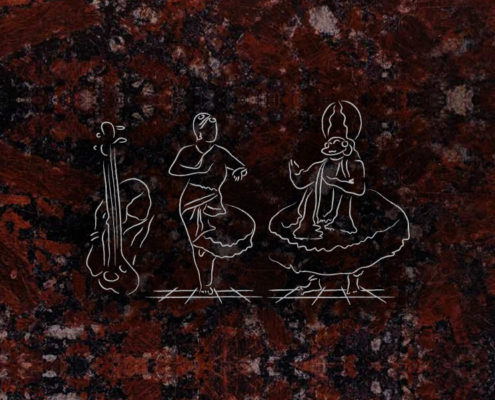
Why Carnatic Music?
As a Westerner interested in Carnatic music, I am frequently asked to explain my interest and to articulate what makes South Indian music special. Both Indians and Westerners ask the same questions. Since I did not grow up with it, but rather chose it for myself from among a broad range of world traditions, Carnatic music is special indeed. There is always a sense in which cross-cultural interactions serve not only to broaden one's horizons, but also to set one's own cultural identity more strongly in relief.

Composers
Although there are a great many well known composers of Carnatic music, it is customary to think of them as being pre and post “Trinity” which is the term by which Tyagaraja, Muthuswami Dikshitar and Syama Sastri have collectively come to be known.
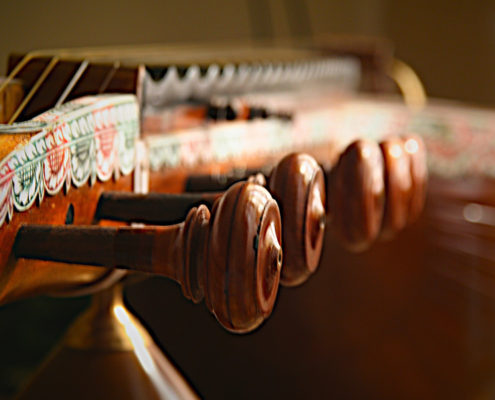
Instruments
In South Indian music, the violin can function as either the lead voice or as an accompaniment. It is identical in construction to the western violin, however it is tuned in two ascending sets of perfect fifths (do sol, do sol.) The pitch of do is moveable, according to individual preference or, if accompanying, the soloists requirement.

Sangeetha Kalanidhis
The Madras Music Academy, which is one of the most prestigious institutions in the field of Carnatic Music, is located in Chennai, India.
Since Aug.18, 1928, the academy has endeavored to provide various avenues to further the advancement of the science and art of Indian music. Annual music conferences are held every December to collect all information regarding music, maintain the library and publish a journal.

